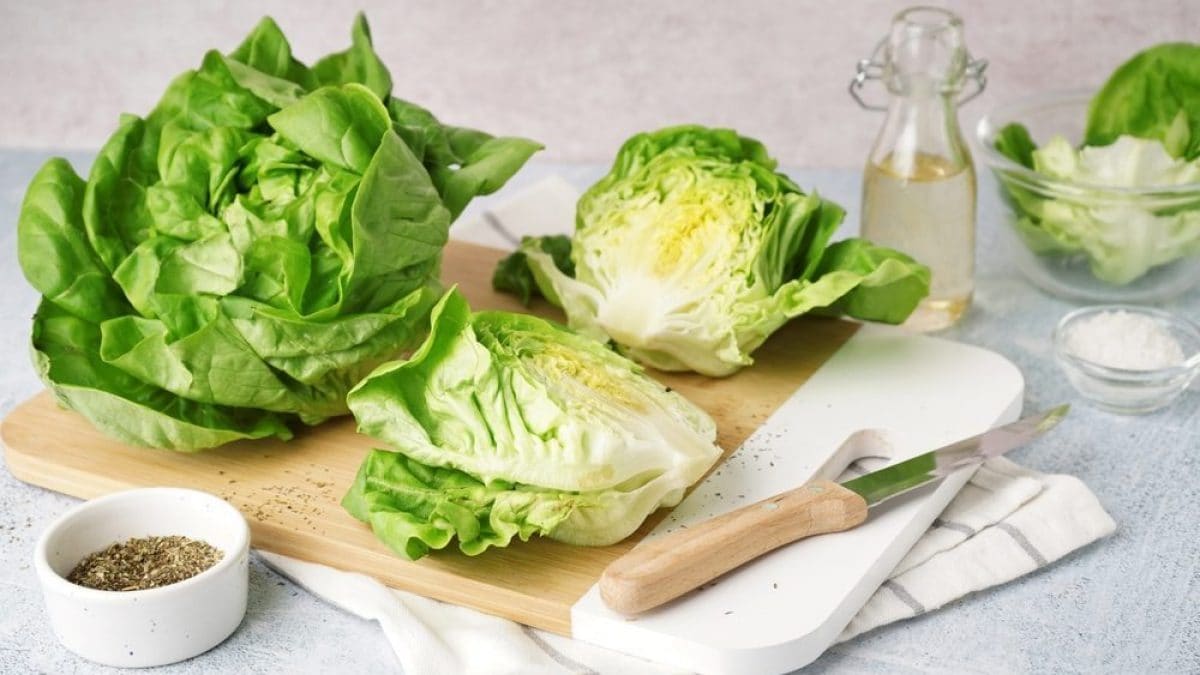
Salad is one of the lightest, healthiest and quickest side dishes to prepare, but among all the existing types, lettuce certainly wins the prize for the most loved and consumed. Existing in many different varieties, lettuce is mainly composed of water and for this reason it has a very low caloric content.
Not only that, it has many other beneficial properties: it is also rich in vegetable fibers, mineral salts such as potassium, calcium and phosphorus, vitamin A and carotenoids such as beta-carotene. It has exceptional diuretic and purifying properties, aids digestion and regulates blood pressure and cholesterol.
In short, lettuce should never be missing from the kitchen. But how can you preserve it for a long time without it going bad? It is in fact one of those vegetables that deteriorates very easily especially if left in the open air. The first piece of advice is to always store it in the refrigerator, in the refrigerator drawer used for storing fruit and vegetables. That space, in fact, is designed specifically for vegetables to avoid the formation of humidity and condensation, protecting them from being too cold (those on the lower shelf, which are around 35-41°F/2-5°C) or too hot (the upper shelf and the door, which can reach 50°F/10°C).
In addition to the refrigerator, there are other habits you can adopt to properly preserve your lettuce and make it last longer, some similar to those valid for salad in general: here are some of the most useful and effective methods.
1. Place it In An Airtight Container
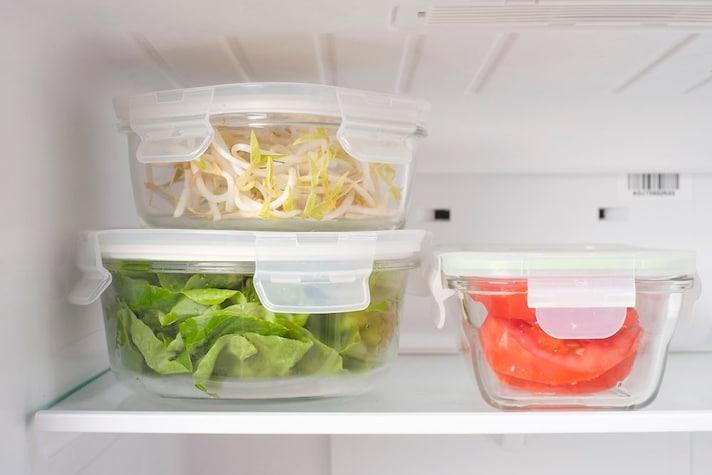
The most effective way to preserve fresh lettuce is to put it in a fairly large airtight container, but you need to follow some precautions so that this method works properly. First, you will obviously have to wash the lettuce and dry it well, then you will line the container with absorbent paper, useful for absorbing excess moisture. At this point, detach the lettuce leaves from the head and arrange them in layers in the container, alternating each layer with a sheet of absorbent paper. Remember not to insert too many layers to avoid the lettuce from squashing too much. Make sure to close the container well: air is the number one enemy of lettuce, which is why storing it at room temperature is not recommended.
2. Kitchen Towel and Paper Bag
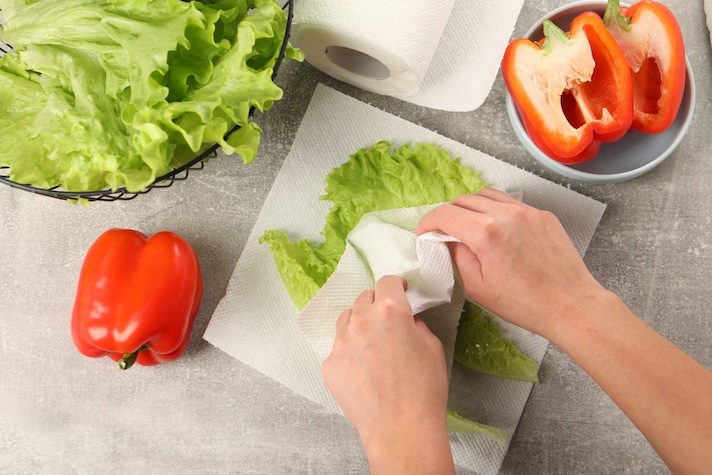
If you have bought fresh lettuce, perhaps at the market, and want to preserve it to consume it calmly over the days, you can use an alternative method. Take an old kitchen cloth that you no longer use, moisten it with water, making sure to wring it out well, and use it to wrap the lettuce leaves after having detached them from the head and washed them carefully. At this point you can insert the cloth inside a paper bag placed in the refrigerator drawer dedicated to fruit and vegetables.
3. Keep The Whole Head
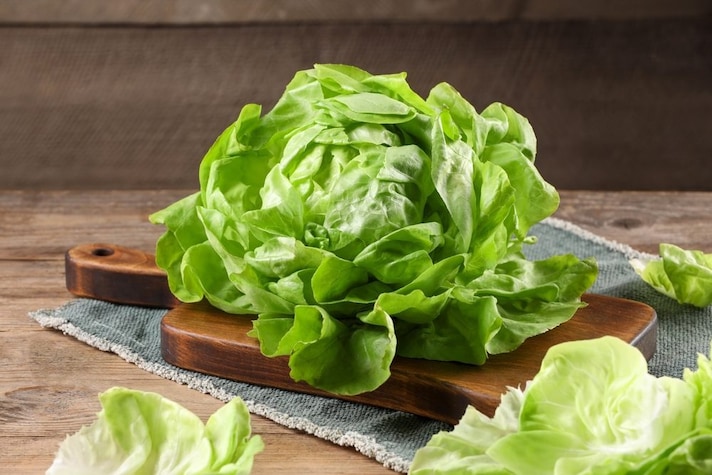
Alternatively, you can store the whole head of lettuce, an effective method to make it last much longer: head lettuce, in fact, can last up to two weeks. In this case, you just need to remove the most damaged outer leaves and wrap it in a clean cloth or kitchen paper. Remember to check it a couple of times a day and replace the wrapping if it gets too damp: it is precisely air and humidity, in fact, that cause lettuce to deteriorate rapidly.
4. In Plastic Bags
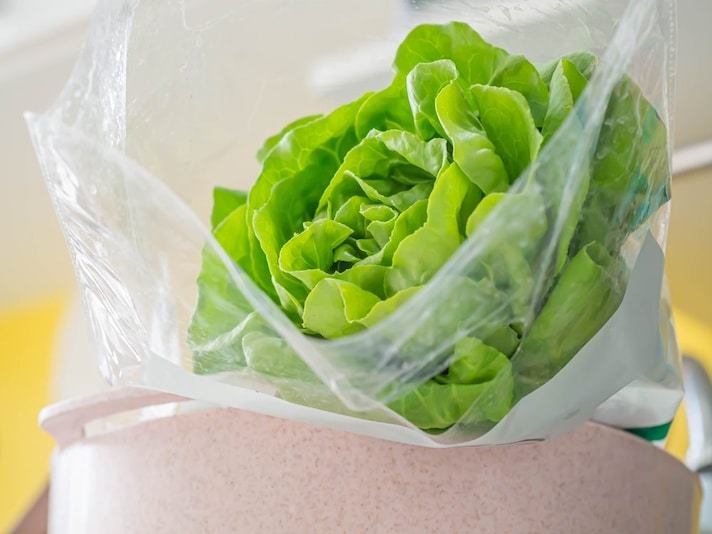
In general, it is not recommended to store lettuce in closed plastic bags without air vents: this creates too much humidity that will quickly turn the lettuce rancid. If you have nothing else available, however, you can still use plastic food bags, but remove as much air as possible from inside before closing them and make sure to wrap the leaves in a piece of kitchen paper, which should be changed as it absorbs the lettuce's humidity.
;Resize,width=767;)
